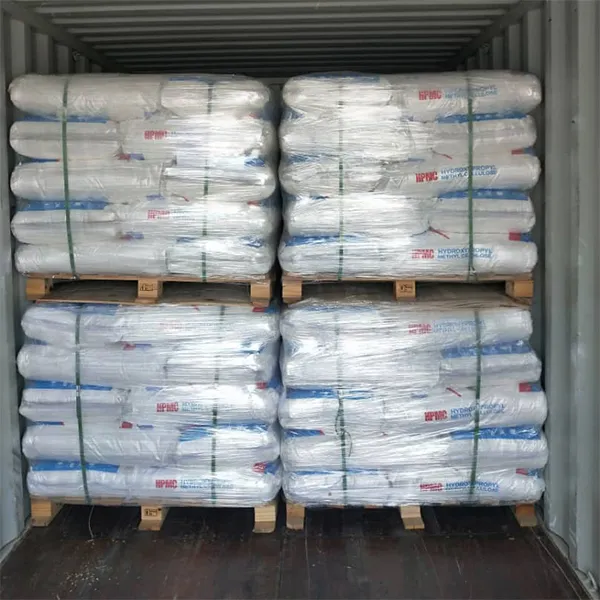The Role of Cement Additives in Modern Construction
Cement additives play a crucial role in enhancing the performance and durability of concrete, which is the most widely used construction material in the world. As construction projects continue to evolve in complexity and scale, the demand for high-quality cement mixes that can withstand various environmental challenges has never been greater. This is where cement additives come into play.
Cement additives are typically categorized into two main types chemical additives and mineral additives. Chemical additives are used to modify the properties of cement, improving its performance in specific conditions. Common categories of chemical additives include plasticizers, superplasticizers, accelerators, retarders, and air-entraining agents. Each of these plays a distinct role in enhancing the workability, setting time, and strength development of concrete. For instance, plasticizers reduce the water content required for a given workability, while superplasticizers can significantly increase the flowability of concrete without increasing water content, allowing for the use of leaner mixes.
On the other hand, mineral additives, also known as supplementary cementitious materials (SCMs), include materials like fly ash, slag, silica fume, and natural pozzolans. These materials not only enhance the mechanical properties of concrete but also contribute to its sustainability. For example, fly ash and slag can help recycle industrial by-products, reducing the environmental footprint of concrete production. The incorporation of these materials can lead to increased long-term strength, improved resistance to chemical attacks, and enhanced durability in various climates.
cement additives

The use of cement additives is particularly beneficial in extreme environments
. In coastal areas where structures face saline exposures, additives can enhance resistance against chloride penetration, greatly extending the lifespan of the concrete. Similarly, in freeze-thaw environments, air-entraining agents create microscopic air bubbles within the concrete, providing a cushioning effect that prevents damage from water expansion during freezing.Moreover, cement additives can accelerate the curing process, which is particularly advantageous for projects with tight schedules. Accelerators help to achieve early strength, allowing for quicker formwork removal and faster project completion. Conversely, retarders are essential in hot weather, ensuring that the concrete remains workable for a longer period before it sets, thus preventing issues such as cold joints or variations in strength.
In recent years, the focus on sustainable construction practices has driven innovation in the development of advanced cement additives. Researchers are exploring bio-based additives and alternative materials that can further reduce the carbon footprint associated with cement production. The integration of technology in this field, including the use of smart additives that can react to environmental changes, promises to redefine the limitations of traditional cement applications.
In conclusion, cement additives are integral to the construction industry, providing enhanced performance, durability, and sustainability to concrete. As the demand for resilient infrastructure grows, the role of these additives will continue to expand, paving the way for innovative solutions in modern construction. By integrating a variety of additives, engineers and builders can address specific challenges, improve material efficiency, and contribute to a more sustainable built environment.
-
The Application and Significance of Construction RdpNewsMay.19,2025
-
Industrial Grade HpmcNewsMay.19,2025
-
Building Coating Adhesive Building Coating Adhesive HpmcNewsMay.19,2025
-
Application Of Hpmc For Detergent For Detergent In DetergentsNewsMay.19,2025
-
Application Of Hpmc Cellulose In Cement-Based MaterialsNewsMay.19,2025
-
Application Of High Quality Hpmc For Construction In The Field Of ConstructionNewsMay.19,2025




